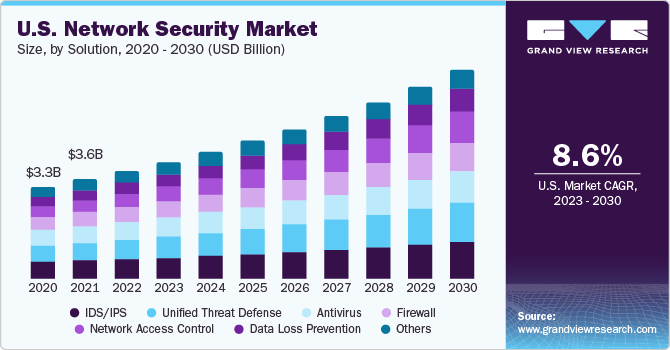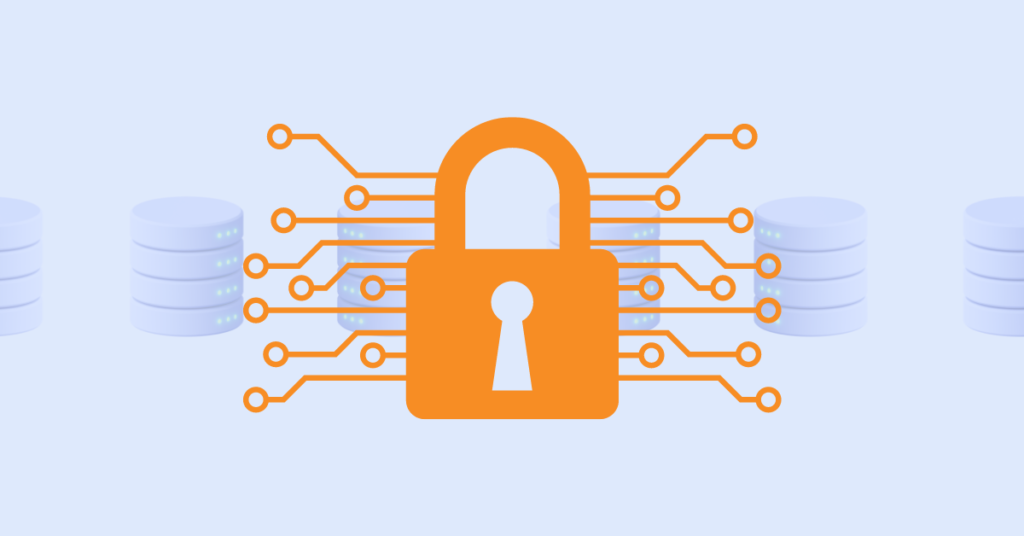Just How Information and Network Safety Secures Against Emerging Cyber Threats
In an era noted by the quick advancement of cyber risks, the importance of data and network security has never ever been more noticable. As these hazards end up being extra complex, comprehending the interaction between data safety and network defenses is necessary for mitigating dangers.
Recognizing Cyber Threats

The ever-evolving nature of technology continually presents brand-new vulnerabilities, making it vital for stakeholders to remain attentive. Individuals may unknowingly succumb social design strategies, where assailants control them into revealing delicate info. Organizations face distinct challenges, as cybercriminals usually target them to manipulate useful information or disrupt operations.
In addition, the rise of the Web of Points (IoT) has actually expanded the strike surface, as interconnected gadgets can function as access points for aggressors. Identifying the importance of durable cybersecurity techniques is crucial for reducing these dangers. By cultivating a detailed understanding of cyber risks, companies and people can implement effective approaches to secure their electronic possessions, making certain strength in the face of an increasingly complex threat landscape.
Key Components of Information Security
Ensuring data security calls for a complex strategy that includes different essential components. One basic component is information file encryption, which transforms sensitive details right into an unreadable format, accessible just to accredited individuals with the suitable decryption keys. This works as an essential line of protection versus unauthorized access.
An additional essential element is gain access to control, which controls who can view or adjust information. By carrying out stringent user verification methods and role-based accessibility controls, organizations can minimize the threat of insider threats and information breaches.

In addition, information concealing methods can be employed to protect sensitive details while still permitting its use in non-production settings, such as screening and growth. fft perimeter intrusion solutions.
Network Safety And Security Techniques
Executing durable network protection techniques is essential for guarding a company's digital infrastructure. These approaches include a multi-layered method that includes both hardware and software program options created to protect the honesty, privacy, and availability of information.
One essential component of network safety is the deployment of firewall programs, which offer as a barrier in between trusted inner networks and untrusted external networks. Firewalls can be hardware-based, software-based, or a mix of both, and they help filter inbound and outgoing web traffic based upon predefined safety and security rules.
In addition, intrusion discovery and prevention systems (IDPS) play a crucial role in monitoring network web traffic for suspicious activities. These systems can signal administrators to possible breaches and take action to reduce risks in real-time. Consistently updating and covering software program is additionally essential, as susceptabilities can be exploited by cybercriminals.
Moreover, implementing Virtual Private Networks (VPNs) guarantees safe and secure remote access, encrypting data transmitted over public networks. Segmenting networks can minimize the strike surface area and contain potential breaches, limiting their effect on the overall facilities. By taking on these strategies, organizations can effectively fortify their networks against emerging cyber risks.
Best Practices for Organizations
Establishing best practices for companies is vital in preserving a strong protection pose. A detailed technique to information and network safety begins with regular threat evaluations to identify susceptabilities and prospective threats.
Additionally, view publisher site continuous worker training and awareness programs are essential. Staff members ought to be enlightened on acknowledging phishing attempts, social design techniques, and the significance of sticking to safety and security methods. Regular updates and patch monitoring for software program and systems are likewise important click site to protect against recognized vulnerabilities.
Organizations have to examine and create incident action plans to make sure readiness for potential violations. This consists of establishing clear interaction networks and roles throughout a safety and security case. Additionally, information security should be used both at remainder and en route to secure delicate information.
Lastly, carrying out regular audits and conformity checks will certainly aid ensure adherence to well established plans and pertinent regulations - fft perimeter intrusion solutions. By complying with these ideal techniques, organizations can substantially boost their strength versus arising cyber threats and protect their vital possessions
Future Trends in Cybersecurity
As companies browse an increasingly complex electronic landscape, the future of cybersecurity is positioned to advance considerably, driven by arising innovations and changing threat standards. One noticeable trend is the assimilation of fabricated knowledge (AI) and artificial intelligence (ML) right into security structures, permitting for real-time hazard discovery and action automation. These innovations can evaluate large amounts of data to determine abnormalities and prospective breaches much more efficiently than traditional techniques.
Another essential trend is the increase of zero-trust architecture, which calls for continual verification of customer identifications and device safety, no matter their location. This strategy reduces the risk of expert risks and enhances defense against external strikes.
Additionally, the increasing fostering of cloud services demands robust cloud protection techniques that attend to unique susceptabilities connected with cloud settings. As remote work comes to be an irreversible component, protecting endpoints will certainly likewise become vital, leading to a raised emphasis on endpoint detection and response (EDR) options.
Lastly, governing compliance will remain to shape cybersecurity techniques, pushing companies to adopt a lot more stringent data defense measures. Accepting these fads will be necessary for organizations to fortify their defenses and browse the evolving landscape of cyber risks successfully.
Conclusion
In final thought, the execution of durable information and network protection measures is important for organizations to protect against arising cyber risks. By using file encryption, gain access to control, and reliable network protection approaches, companies can dramatically reduce susceptabilities and shield delicate details. Taking on finest methods additionally improves resilience, preparing organizations to face progressing cyber obstacles. As cybersecurity remains to progress, staying informed concerning future index fads will certainly be vital in preserving a strong defense versus prospective risks.
In an age marked by the quick evolution of cyber risks, the significance of information and network safety and security has actually never been more noticable. As these threats come to be much more complex, recognizing the interplay in between information safety and network defenses is important for minimizing risks. Cyber hazards encompass a large range of harmful activities aimed at endangering the confidentiality, stability, and availability of data and networks. An extensive method to information and network protection starts with regular danger analyses to identify susceptabilities and possible dangers.In verdict, the implementation of robust information and network protection steps is necessary for organizations to protect versus arising cyber threats.